Introduction to the characteristics of Arabica Rosa Iron Card Coffee beans is Robusta Coffee beans delicious?
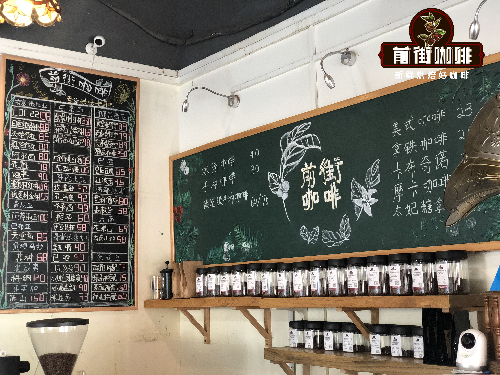
Professional coffee knowledge exchange More coffee bean information Please pay attention to coffee workshop (Weixin Official Accounts cafe_style)
The world's first coffee tree was discovered in Ethiopia, Africa, and then with the pace of war, coffee trees were transplanted until they spread around the world. A small coffee bean gradually enters people's daily life, coffee rises all over the world.
1. Coffee Arabica:
The coffee tree itself is very sensitive to heat and humidity, so its growth conditions are at least 900 meters above sea level in the highland climate, the higher the height, the color of the coffee beans are green to light green, the shape of the oval, the groove curved, the quality of the roasted coffee beans is good, this variety of caffeine content is low (1.1-1.7%), more beneficial to human drinking.
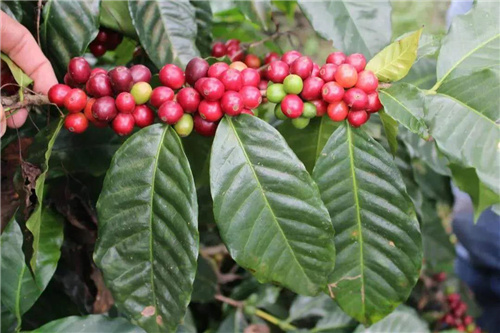
Arabica, whose name is easily mistaken for its home in Arabia, actually originated in Ethiopia. The reason why it is called Arabica is completely the key geographical position of the Arabian Peninsula. This place links the three continents of Asia, Europe and Africa. Before the Great Navigation Age, it was the gathering place of world cultural exchanges. Just as ancient Indian numerals were introduced into Europe through Arabs, they became Arabic numerals after a long evolution due to the limitation of information channels and information lag at that time.
Until 1753, botanist Linnaeus mistakenly believed that the coffee originated in the Middle East and gave it the scientific name Coffea arabica L. In 2002, a European-funded coffee genetic material research project found that coffee genetic diversity in Yemen and other places was much lower than Ethiopia, which "helped" Arabica find its home.
Arabica is the most traditional variety of Arabica coffee. Originating in East Africa (Ethiopia), coffee was monopolized by the Arab world for a long time before the 15th century AD, so it was called "Arabic coffee" by Europeans. Arabica coffee was the primary commodity coffee in the world, but it was only at the end of the 19th century that a widespread disease occurred and growers began to look for other disease-resistant varieties. Arabica coffee is still the most important coffee variety, accounting for about 3/4 of the world's total coffee production. It is cultivated mainly in Latin American countries, but also in Indonesia and the Pacific islands. At present, the geographical climate of Brazil, the world's largest coffee producing area, is very suitable for the growth of Arabica coffee. The main coffee varieties planted are also small fruit coffee. Brazil's coffee production accounts for more than 1/3 of the world's total production.
2. Robusta:
Robusta originated in the Congo region of West Africa. We often compare Arabica with Robusta. In fact, this is not accurate because the two are not the same in botany. Robusta actually belongs to the Kanefra species, also known as the Congo species, which is similar to the iron pickup belonging to the Arabica species. Unfortunately, only one of the Canefra species, named Robusta, has been commercialized and known, so much so that Robusta has now almost replaced Canefra as a synonym for the species.
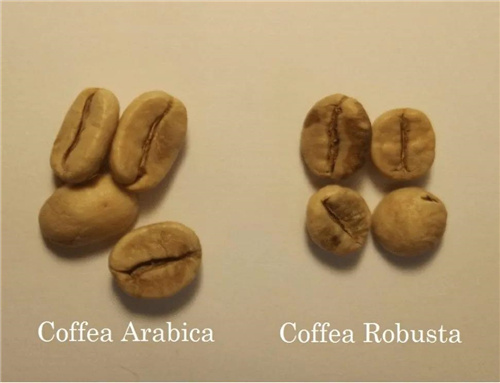
The global coffee growing belt lies between the Tropic of Cancer and Robusta is no exception. But Robusta's growing conditions are not as harsh as Arabica species, and Robusta can grow at lower altitudes and higher temperatures. It grows faster than Arabica and is more tolerant to extreme weather conditions. Robusta is widely cultivated in Vietnam, Brazil, India and other countries. Robusta is also cultivated in Hainan, China.
Insect resistance: Robusta contains 2.7%-4% caffeine, twice as much as Arabica. Caffeine is a natural pesticide for plants and can be protected from most insects.
Disease resistance: We probably all know that Arabica has 44 chromosomes and Robusta has 22; in general, the more chromosomes there are, the more complex and advanced the gene, but Arabica is self-pollinated and Robusta is cross-pollinated. And pollination involves heredity.
In addition, Arabica coffee is a type of coffee, as we usually call tin coffee, bourbon, rose summer coffee are Arabica coffee. Today, the front street will bring you to know the coffee varieties in Arabica.
Let's start with the famous Panama emerald estate rose summer coffee variety. The rosewood variety was first discovered in 1931 in the rosewood forests of Ethiopia and then sent to coffee research institutes in Kenya, Uganda and Tanzania, followed by the introduction of rosewood varieties in Costa Rica in 1953. Finally Panama introduced summer rose varieties from Costa Rica. This is the legendary history of Rose Summer Coffee entering Panama.
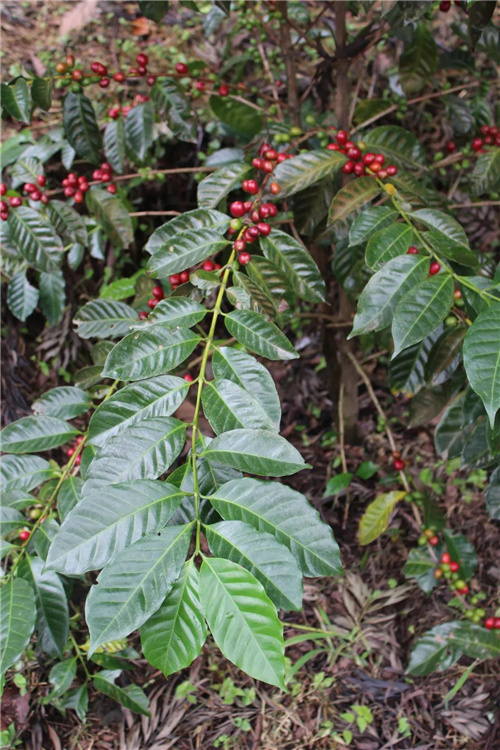
Rose summer coffee fame process is not easy, we listen to the front street slowly come. After Panama introduced Rose Summer Coffee, it was not planted in large quantities. Instead, it was used as a windbreak forest for coffee gardens. Front Street had to complain about how extravagant it was to use Rose Summer Coffee as a windbreak forest. Now the red label Rose Summer Coffee beans had to be obtained through bidding. Rosedale Coffee was discovered by the owners of Emerald Manor that the flavor of this windbreak coffee tree was much better than that of other coffee trees. Then the owner of Emerald Manor took Rosedale Coffee to the Panama Green Coffee Bean Competition and won the championship.
Several kinds of rose summer coffee have been put on sale recently in the front street. Through cup test, it is found that the acidity of washed green rose summer is more obvious than that of sun-dried green rose summer coffee. The citric acid, citrus-like taste and sun-treated green rose summer form a sharp contrast. The sweet feeling of sun-dried green standard is more obvious, which is a bit similar to the taste of passion fruit. Through these two experiments, Qianjie also fully explained that the washed coffee beans taste cleaner, while the sweet feeling and aroma of the coffee beans treated in the sun will be higher than that of the washed coffee beans.
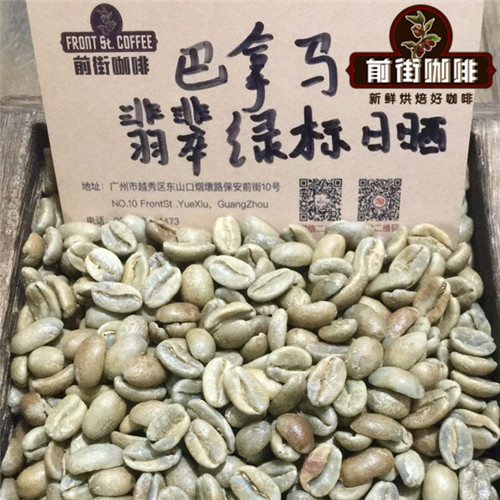
After finishing the red-handed Rosedale coffee, Front Street introduced the world's oldest iron pickup and bourbon varieties. In the coffee bean list on the front street, there are many iron pickup varieties. For example, Jamaica Blue Mountain Coffee, Manteling and Yunnan Huaguoshan coffee. The Dutch once cultivated Tiekka coffee in Java, Indonesia, and later the French brought it to the Caribbean Sea and then to Central and South America. Because iron pickups are notoriously low in yield and susceptible to leaf rust, most areas do not grow iron pickups alone.
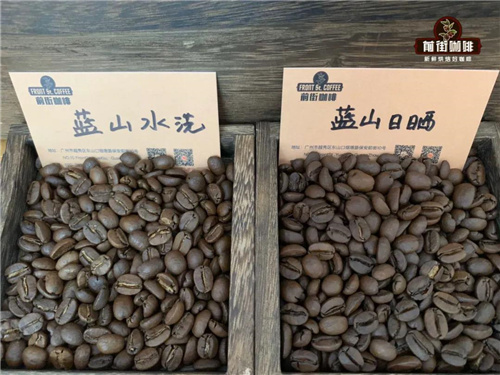
Iron-skinned coffee tastes very good, sweet feeling is high, affected by the weather, terrain, climate and other factors in each place, even if they are all iron pickup varieties, the flavor of iron-skinned coffee planted is not the same. For example, Indonesia's Mantenin coffee, known for its wild herbal flavor, coupled with Indonesia's hot and rainy weather, in order to shorten the sun treatment time and improve economic efficiency, the use of local characteristics of wet planing method to treat coffee fruit. This makes the flavor and body of Mantenin produced in Indonesia very high. In addition to the rich herbal herbal flavor, the sweetness also has a trace of sweetness. However, most coffee varieties grown in Sumatra today are katim varieties because of their high yield and better disease resistance than iron pickups.
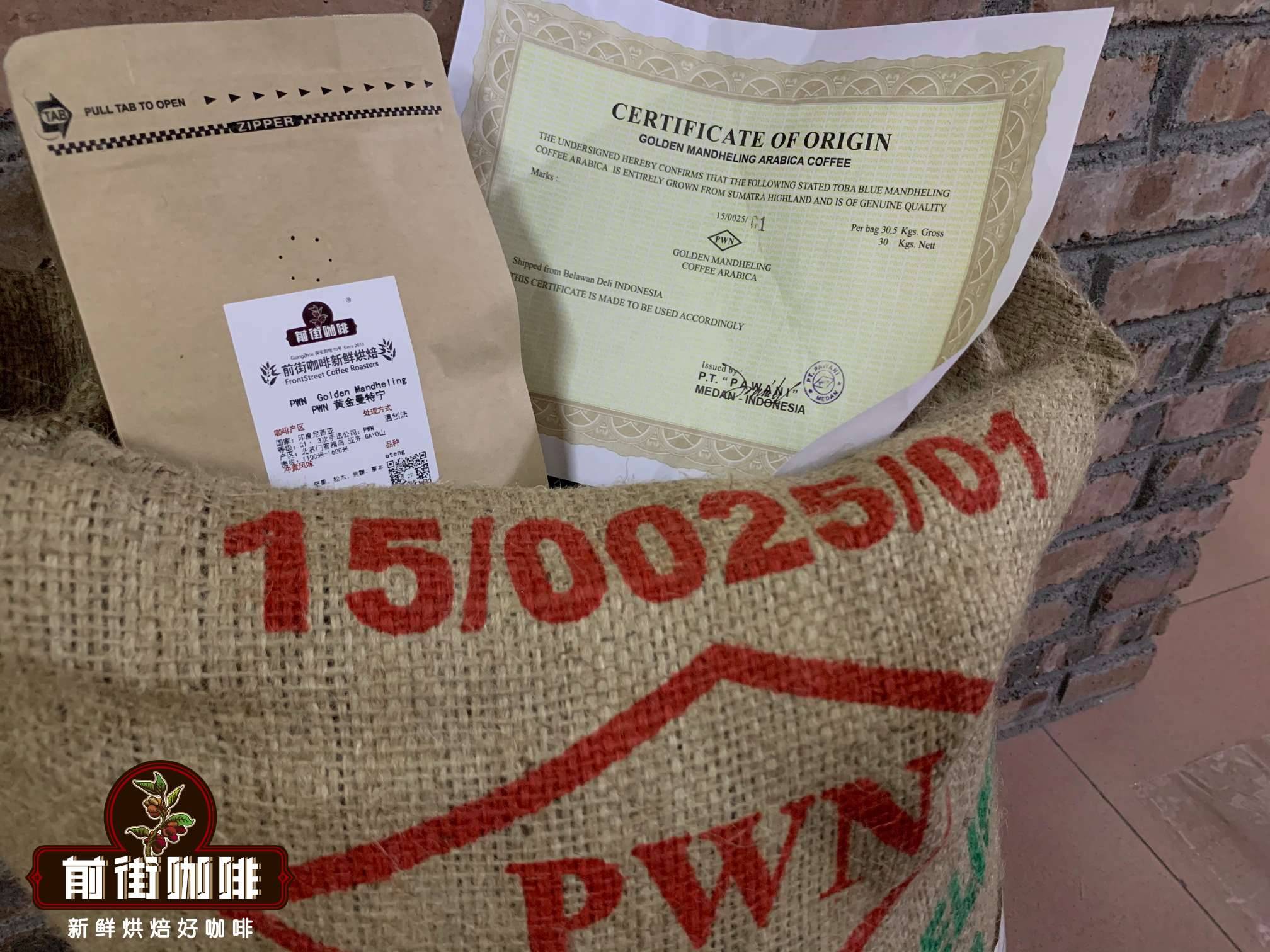
The iron card planted in Jamaica's Blue Mountain Range is not as mellow as Indonesian coffee flavor. Take the Blue Mountain Coffee on the front street for example. The Blue Mountain Iron Pickup on the front street tastes very balanced. The sour and sweet feeling is perfectly integrated on the Blue Mountain Coffee. It is not too much to say that it is one of the best coffees in the world.
Due to environmental factors, the genes of iron pickups have also changed, and Bourbon is a variant of iron pickups. Bourbon varieties yield more than iron pickups, but require shade trees, known as green top coffee because of the green tender leaves on the top leaves. Its name comes from its original Bourbon Island, which is now Luniwa Island. The French export this coffee overseas, bourbon coffee fruit is short, pulp density is higher than the average coffee fruit, so its sweetness is also higher, acidity is bright.
Brazil, one of the world's largest coffee exporters, grows many bourbon varieties, such as kadura and pacas, which are bourbon varieties. Bourbon generally refers to red bourbon, Brazilian bourbon brewed with a very classic nutty, chocolate notes, but also accompanied by rich peanut, cream flavor. The coffee flavor of Front Street Brazilian Red Bourbon has this unique Brazilian flavor.
In addition to yellow bourbon, Brazil has also found yellow bourbon varieties, mainly grown at high altitudes, sun-treated yellow bourbon flavor, with bourbon's own nutty flavor, balanced acidity, slightly bitter. Just like the Brazilian Queen Manor yellow bourbon coffee on the front street, it perfectly interprets the flavor of yellow bourbon coffee, obvious sugar sweetness, with a light lemon aroma, rich nutty flavor, obvious dark chocolate flavor in the aftertaste, and overall mellow taste.
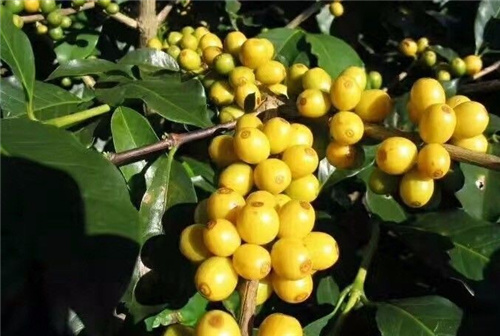
According to Front Street, the two main varieties of Kenya, SL-28 and SL-34, were studied by Scott Laboratories, SL-28 being derived from the Bourbon variety and SL-34 being derived from the Tin Coffee variety. Kenyan coffee beans have intense berry fruit aromas, and distinct acidity and fermentation aromas, very different acidity from the lemon citrus notes of the African beans Esseye and Sherry.
This is a small part of coffee varieties, coffee varieties with the development of science and technology more and more, through continuous hybridization, so that the current coffee production continues to improve, disease resistance continues to enhance, Qianjie also believes that with the development of society, coffee flavor will continue to enrich.
More fine coffee beans, please add private WeChat Qianjie Coffee, WeChat: kaixinguoguo0925
Important Notice :
前街咖啡 FrontStreet Coffee has moved to new addredd:
FrontStreet Coffee Address: 315,Donghua East Road,GuangZhou
Tel:020 38364473
- Prev

Coffee beans three types of Arabica types of iron pickup Bourbon rose summer coffee varieties difference
Professional coffee knowledge exchange More coffee bean information Please pay attention to coffee workshop (Weixin Official Accounts cafe_style) What are the three major categories of coffee beans in the world? What kind of coffee beans are suitable for growing? Coffee tree is a genus of Rubiaceae in botany. The classification of coffee trees is complex, with many species, diversity and lineages. Different varieties of coffee
- Next
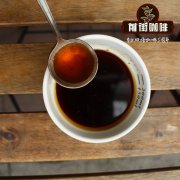
What are the conditions for growing coffee beans? How do you grow high-quality coffee beans?
Professional coffee knowledge exchange more coffee bean information please pay attention to the coffee workshop (Wechat official account cafe_style) what are the growing conditions of coffee beans? How do you grow high-quality coffee beans? Many people think that Taiwan is not suitable for growing coffee, or that it is impossible for Taiwan to grow good coffee. The so-called good coffee refers to high quality coffee. Coffee cultivation and quality factors, except
Related
- Detailed explanation of Jadeite planting Land in Panamanian Jadeite Manor introduction to the grading system of Jadeite competitive bidding, Red bid, Green bid and Rose Summer
- Story of Coffee planting in Brenka region of Costa Rica Stonehenge Manor anaerobic heavy honey treatment of flavor mouth
- What's on the barrel of Blue Mountain Coffee beans?
- Can American coffee also pull flowers? How to use hot American style to pull out a good-looking pattern?
- Can you make a cold extract with coffee beans? What is the right proportion for cold-extracted coffee formula?
- Indonesian PWN Gold Mandrine Coffee Origin Features Flavor How to Chong? Mandolin coffee is American.
- A brief introduction to the flavor characteristics of Brazilian yellow bourbon coffee beans
- What is the effect of different water quality on the flavor of cold-extracted coffee? What kind of water is best for brewing coffee?
- Why do you think of Rose Summer whenever you mention Panamanian coffee?
- Introduction to the characteristics of authentic blue mountain coffee bean producing areas? What is the CIB Coffee Authority in Jamaica?

